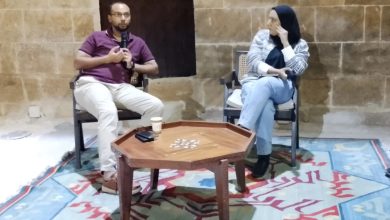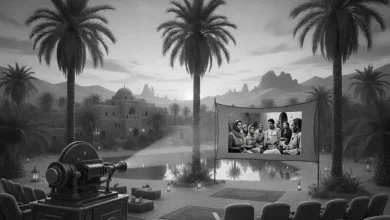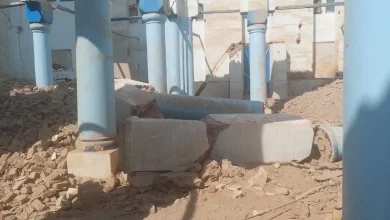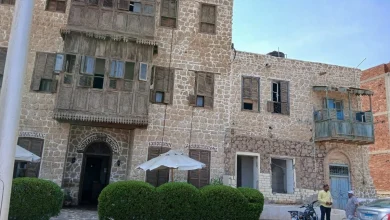The Italian Hospital in El Qusair: From a Medical Facility to a Beacon of Education and Heritage
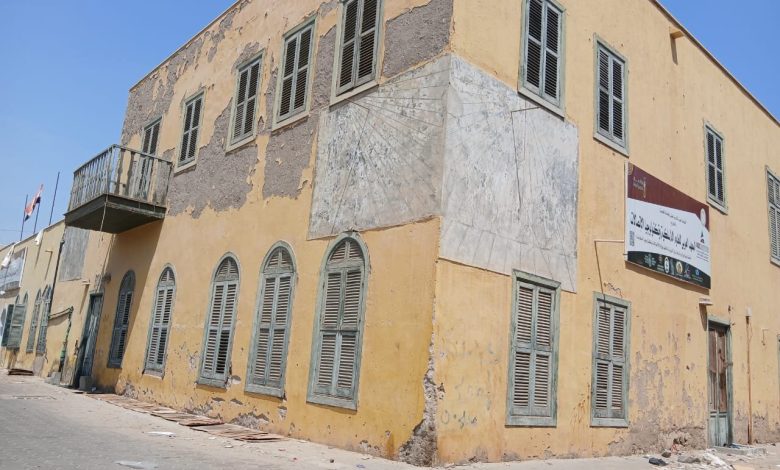
As soon as you take your first steps down the street leading to the Italian Hospital in El Qusair, you are captivated by a scene that is completely different from the usual features of this city, which is steeped in Islamic style. An exceptional building stands out in a warm yellow color, shining under the Red Sea sun like a golden flash that catches the eye before the heart.
Its walls tell the story of a civilization that came from across the sea but blended with the spirit of the East. The architecture combines the solidity of local stone with the delicacy of Italian-inspired arches. It is a beautiful harmony that reflects the meeting of two cultures in El Qusair, where the charm of the East meets the refinement of the Gharbia.
Origins and stages of transformation
“The story of the Italian hospital is not just a tale of an ancient building, but of a spirit that has lived for more than a century, pulsating with European civilization and breathing the air of the Red Sea,” said Dr. Taha Hussein Al-Gawhary, historian and researcher in the history of the city of El Qusair.
Al-Gohary explained that this edifice was built at the beginning of the 20th century, specifically in 1912, by Italian engineers who were steeped in the arts of their ancient architecture. Their craftsmanship is reflected in every stone of its walls. The building was originally a Catholic church dedicated by the Italian Phosphate Company to its engineers and workers. They would perform their religious rituals there in the middle of a city surrounded by sea and sand.
The church, as Al-Gohary described it, was a spacious hall radiating tranquility inside the hospital building. Morning rays would stream in through tall windows, filling the space with a captivating spiritual atmosphere. Over time, the space gradually transformed into an outpatient clinic serving the residents of El Qusair. The walls changed their function but retained their original reverence.
Al-Gawhary adds that the church’s patron lived on the top floor of the building. Above the facade is a wooden canopy from which hangs a bell that announced the start of mass every morning. On the corner is a uniquely designed clock, consisting of two interlocking squares, embodying Italian precision and refined taste.
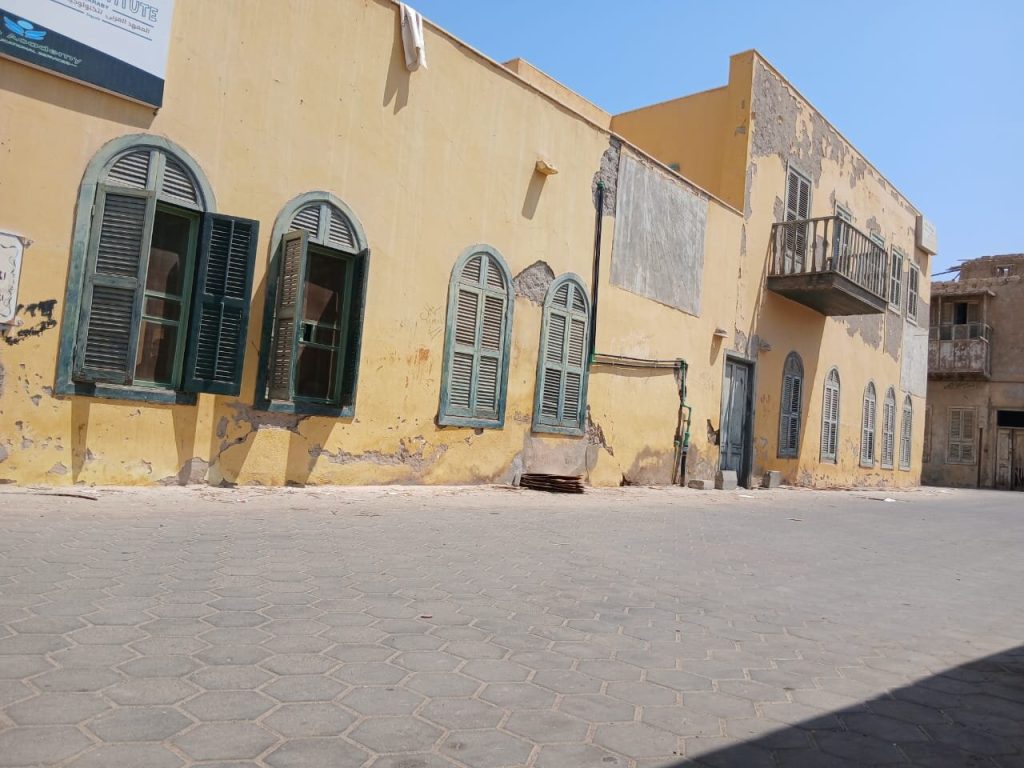
Classic style
As for the style of the building, Al-Gawhary confirms that the Italian Phosphate Company built it in a classic style with a Mediterranean touch, with a huge gate leading to spacious rooms and towering windows. It is as if you are entering a majestic world enveloped in silence. A world where the sea hears your voice before people do, and where you feel that time has stopped out of respect for the majesty of the place.
The hospital’s layout… Architecture that breathes light and tells secrets
The Italian hospital in El Qusair stands as a rare architectural masterpiece that amazes you from the very first moment, as the building begins with an entrance resembling the gates of legendary palaces. Two semicircular wings slowly open up to lead you into another world, where Italian architecture intertwines with Eastern luxury.
The edifice covers an area of about 600 square meters and consists of two floors that reflect the genius of the design and the precision of the details. On the ground floor, spacious halls with high ceilings extend. They are interspersed with huge floor-to-ceiling windows that allow sunlight to flood the space in a silent dialogue between shadows and light. A long corridor runs through the middle of the building, separating the halls. At its end, it leads to two staircases facing each other, each step of which begins from an open courtyard. They are surrounded by antique wooden fences that still retain the texture and scent of ancient times.
On the upper floor, spacious Italian-style rooms are distributed, with large windows overlooking the horizon like contemplative eyes. The small staircases at the beginning of each room remind you of the heritage of ancient palaces. The interior bathrooms are spacious, with high ceilings, and sunlight streams in from all directions, making natural lighting part of the design itself, not just an architectural addition.
It is a building that breathes light and, in its silence, tells the story of a building that refuses to disappear, with all its elements of stone, wood, and glass pulsating, so that El Qusair remains a witness to a time that has passed but has not gone away.
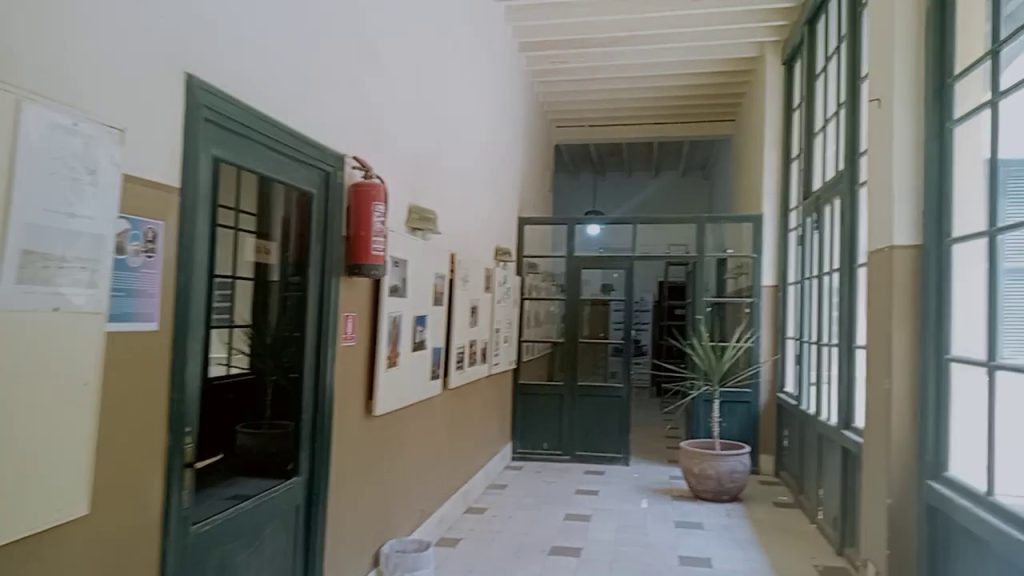
The Italian Hospital: Witness to a Century of Change
Adel Ayesh, chairman of the El Qusair Heritage Preservation Society, says that the Italian Hospital building has gone through many changes throughout its long history. But it insists on remaining and serving the people of the city. Ayesh explained that the building was abandoned in the 1970s after medical services were transferred to the current site of the old El Qusair Hospital. It was left empty and neglected until, over time, it turned into a garbage dump and became prone to collapse, before a helping hand was extended to save it.
He noted that the association officially took over the building from the Phosphate Company in 1998 and began the first steps of restoration. An architectural heritage project was implemented with joint funding from a foreign investor from Sweden and an Egyptian partner, accountant Farid Mansour , who was the chairman of the association at the time, at a total cost of approximately 1.3 million pounds. The project was carried out by a company specializing in the restoration of historic buildings.
Ayesh added that the grant was not only to restore the building to its original condition, but also to restore its service role. A center was established for training, education, and skills development for the children of El Qusair in the fields of languages and computers. There is also a special program for children with special educational needs.
Training mission to Sweden
Ayesh explains that the association launched a training mission to Sweden that included 20 young men and women who were among the first graduates of the Faculty of Education in Hurghada, English Department, in 1998, to learn the “Learning by Doing” method in Stockholm. The mission lasted for 45 days in April 1999, under his personal supervision.
The president of the association continued, saying: “When the mission members returned, we opened a free center to teach the children of El Qusair languages and computers. We served more than 1,200 students from the city. At that time, former Minister of Communications Dr. Ahmed Nazif donated 27 computers to the center in support of the initiative, which was the first of its kind in the Red Sea.”
He noted that the building was transferred to the Red Crescent Society in 2005. However, activities gradually ceased until things returned to normal in 2018 after the situation of civil associations was reconciled at the republic level. The Heritage Preservation Association returned to manage the place again.
He concluded by saying: “Today, the hospital is no longer just an old building. It has become a cultural and heritage center that houses an exhibition of historical photographs and another of handicrafts. In addition to photographs of artifacts excavated by the association in collaboration with the British expedition, numbering around 2,500 pieces, which have been placed in the Red Sea Antiquities Store in Qeft. Part of the building has also been designated as an institute for teaching arts and crafts.”
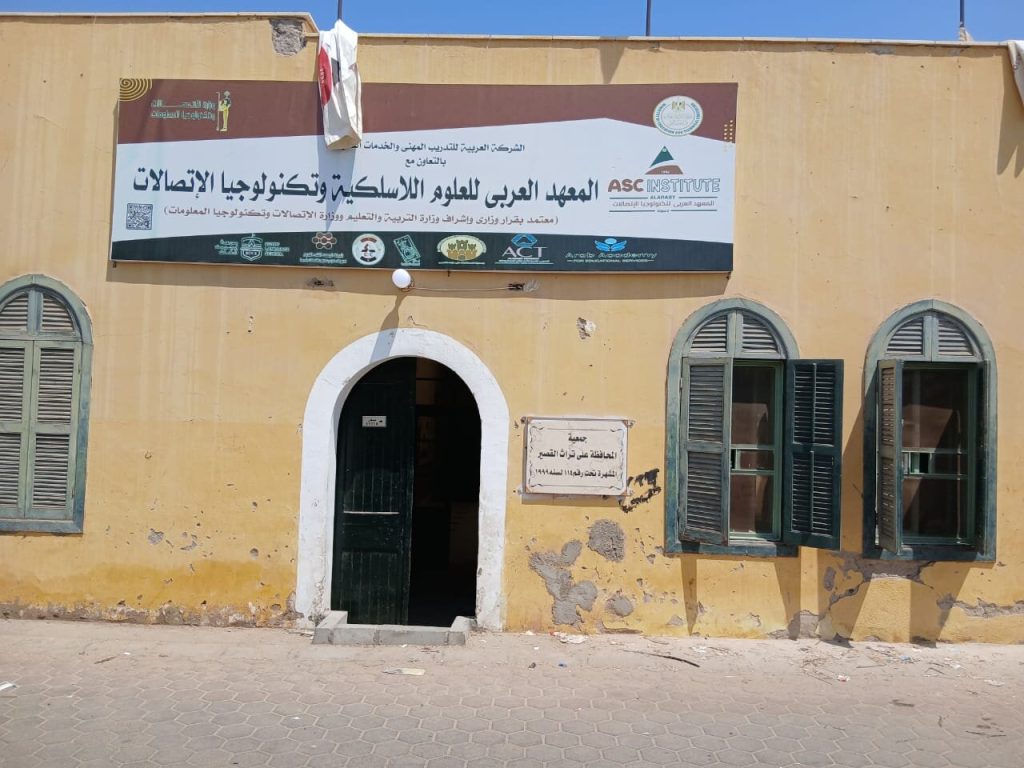
The Heritage Preservation Society revives the spirit of old El Qusair
Naja Taie, director of the handicrafts center at the cultural center, adds that after the Italian hospital was converted into the headquarters of the Qusair Heritage Preservation Society, the society played a pivotal role in reviving the spirit of old El Qusair. It was the association that brought Sheikh Tawfiq’s house back to life, transforming it into a tourist attraction that blends authenticity with modernity, thanks to its caring hands and sincere efforts.
She added that the association restored the house to its former glory, with its stones exuding the scent of a beautiful past. Tayeh emphasized that the association played a prominent role in the restoration and renovation of El Qusair Castle, that historic fortress. It succeeded in restoring the castle’s prestige. Its walls once again glow under the rays of the sun that never left them.
Tayeh describes the hospital building, saying: “From the outside, it looks like a palace from a fairy tale, with its giant gate that opens to welcome visitors as if it were the mouth of time. Those who enter feel as if they are in the presence of a deep silence broken only by the whispers of history. Every corner and every room speaks of bygone eras and of souls that passed through here and left their mark on this building.”

